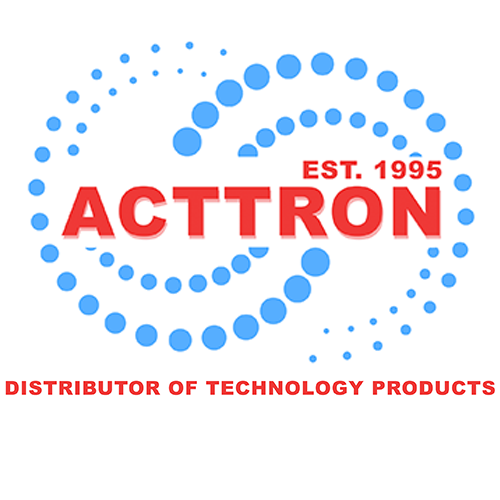We use cookies to make your experience better.
To comply with the new e-Privacy directive, you agree to the privacy policy and our use of cookies.
eSTUFF
eSTUFF GLB251350 3D printing material Polylactic acid (PLA) Aluminium 1 kg
SKU
GLB251350
In Stock
PLA Metal 3D 2.85mm filament Aluminium 1kg

Next Day (UK) Delivery offered on stock items
Print in 3D and create prototypes, spare parts, quick and on-demand production, etc. in any shape or geometry. Gearlab® 3D Filaments come in different plastic materials and with varying properties.
Metal filled PLA Polylactic acid is a biodegradable polymer derived from non-GMO corn starch combined with fine copper, bronze or aluminum powder that create printed models with a metal structure that achieves high lustre when sanded and polished.
The metal powder makes the filament heavier, so despite using the same settings and consuming the same amount of material, the metal PLA printed parts will weigh significantly more than the ones printed with standard PLA.
Due to the heavy nature of this material, metal-filled filaments typically do quite poorly when printing overhangs or bridges without added support.
Metal PLA filaments tend to be very abrasive when extruded, so a standard brass nozzle will quickly become worn down. Be sure to upgrade to a wear-resistant steel nozzle in order to print this filament effectively.
Metal filled PLA Polylactic acid is a biodegradable polymer derived from non-GMO corn starch combined with fine copper, bronze or aluminum powder that create printed models with a metal structure that achieves high lustre when sanded and polished.
The metal powder makes the filament heavier, so despite using the same settings and consuming the same amount of material, the metal PLA printed parts will weigh significantly more than the ones printed with standard PLA.
Due to the heavy nature of this material, metal-filled filaments typically do quite poorly when printing overhangs or bridges without added support.
Metal PLA filaments tend to be very abrasive when extruded, so a standard brass nozzle will quickly become worn down. Be sure to upgrade to a wear-resistant steel nozzle in order to print this filament effectively.
| Features | |
|---|---|
| Glass transition temperature (min) | 55 °C |
| Non-toxic | Yes |
| Print speed | 60 mm/sec |
| Impact strength | 0.016 kJ/m² |
| Diameter tolerance | 0.05 mm |
| Print temperature guideline | 200 °C |
| Printing material | Polylactic acid (PLA) |
| Printing colours | Aluminium |
| Brand compatibility | Any brand |
| Flexural modulus | 2500 MPa |
| Flexural strength | 60 MPa |
| Elongation at break | 3% |
| Tensile strength | 600 kPa |
| Technical details | |
| Glass transition temperature (min) | 55 °C |
| Non-toxic | Yes |
| Print speed | 60 mm/sec |
| Impact strength | 0.016 kJ/m² |
| Diameter tolerance | 0.05 mm |
| Print temperature guideline | 200 °C |
| Printing material | Polylactic acid (PLA) |
| Printing colours | Aluminium |
| Brand compatibility | Any brand |
| Flexural modulus | 2500 MPa |
| Flexural strength | 60 MPa |
| Elongation at break | 3% |
| Tensile strength | 600 kPa |
| Weight & dimensions | |
|---|---|
| Diameter | 2.85 mm |
| Wire length | 12.8 m |
| Weight | 1 kg |
| Thickness | 2.85 mm |
| Packaging data | |
| Quantity per pack | 1 pc(s) |
| Package width | 212 mm |
| Package depth | 211 mm |
| Package height | 76 mm |
| Package weight | 1.32 kg |
| Packaging content | |
| Quantity per pack | 1 pc(s) |

